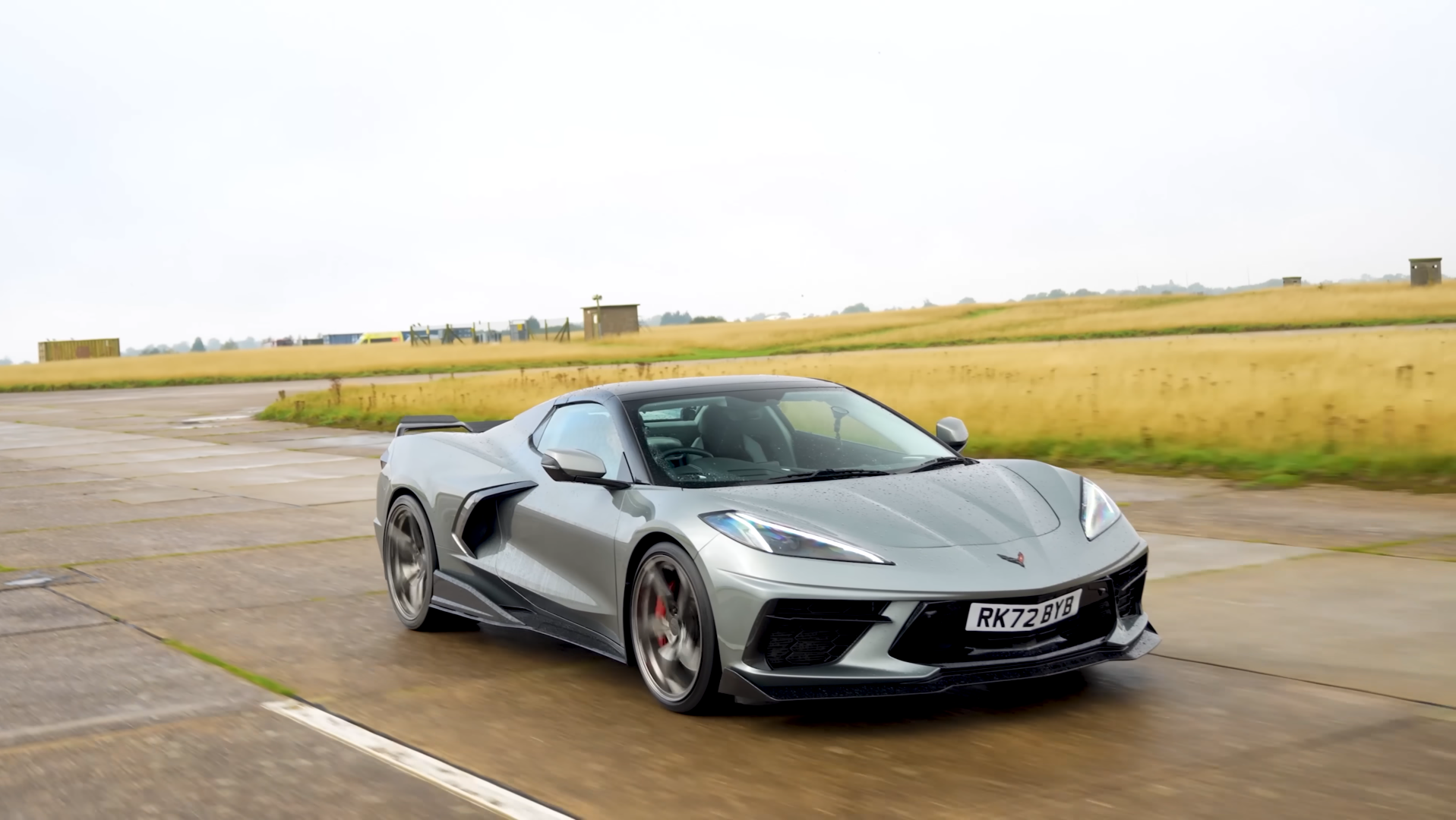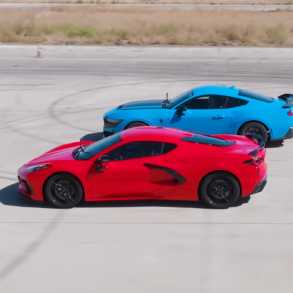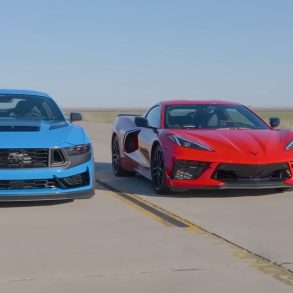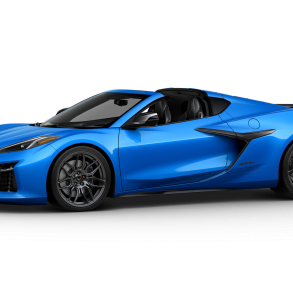When Chevrolet launched the C8-generation Corvette, it marked a radical shift in the car’s history—placing the engine behind the driver for the first time. The base model Stingray was the gateway to this new era, while the E-Ray represents the next evolutionary step: combining V8 power with electric assistance. But how do they compare when pushed to the limit on a damp circuit?
The Corvette Stingray is the entry point to the C8 lineup. Its 6.2-liter naturally aspirated LT2 V8 produces 490 horsepower and 630 Nm of torque, power is sent to the rear wheels via an 8-speed dual-clutch transmission, allowing a 0–60 mph sprint in 2.8 seconds.

Facing it is the Corvette E-Ray, the first hybrid, all-wheel-drive Corvette ever built. It retains the same 6.2-liter V8 but adds a 1.9 kWh battery and an electric motor driving the front axle, boosting total output to 655 horsepower and 805 Nm of torque. Power delivery is split between all four wheels, cutting the 0–60 mph time to 2.5 seconds.

Does the electrified E-Ray justify its hefty premium over the traditional Stingray? Driven+ on Youtube set out to find the answer with a pro driver at the wheel, testing both cars back-to-back on a damp circuit.










